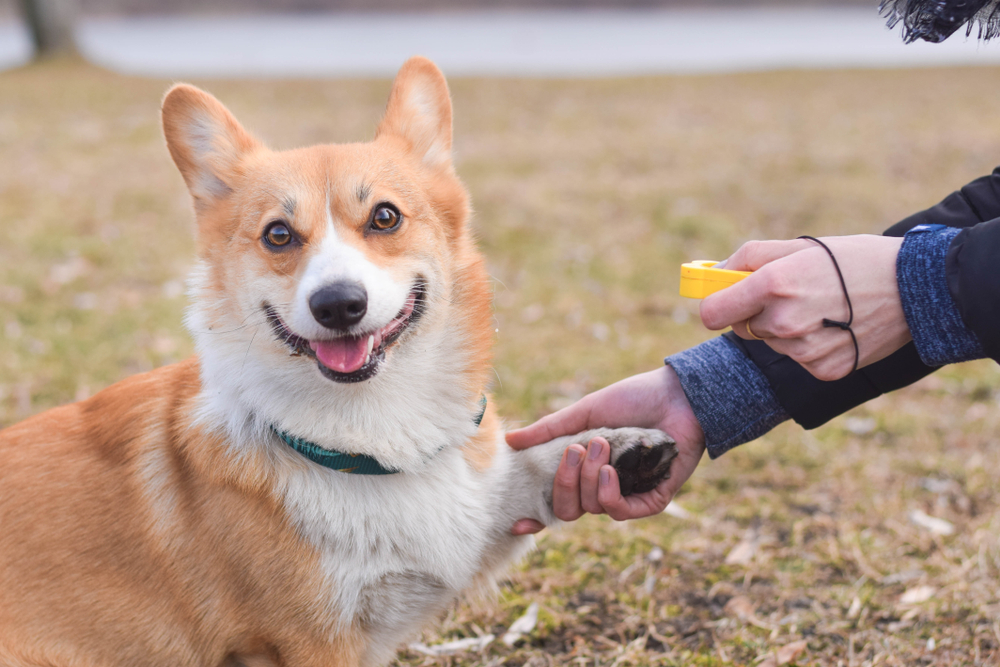Positive reinforcement training is a method of dog training that uses rewards to encourage desired behaviors. It is a powerful tool for teaching behavior without resorting to punitive training methods. Here are five things you should know about this training method.
1. Timing Is Important
Correctly timing positive reinforcement is critical for succeeding with this training method. If you don’t reward your pet within seconds of the desired behavior being performed, your pet may not associate the behavior with the reward. As an example, if you are trying to teach your dog to sit, but you don’t give the reward until after your dog has stood back up, the dog may associate the reward with standing up, rather than sitting down or just not understand why the reward was given at all.
2. Consistency Is Also Important
Dogs are easily confused by inconsistent training behaviors. If more than one member of your family is participating in the training, everyone must use the same commands in the same way, or it won’t work. It is also important that the desired behavior is always rewarded, while undesired behaviors are not. It may be useful to post a list of commands where everyone can see it.
3. Keep Your Commands Short
Long phrases and sentences don’t make sense to dogs. Dogs learn from body language and can be taught to understand short commands. Start by using body language to lure your dog into performing the behavior you want. Then add a short command, such as “sit” or “down.” If you use the same command consistently, the dog will begin to associate the command with the behavior. Don’t repeat the command, this may confuse your dog or teach your dog to ignore you.
4. Only Reinforce Behaviors You Want
This may sound like common sense, but dog owners often unintentionally reinforce behaviors they don’t want. For example, if their dog is jumping up on them when they first get home from work because it wants attention and the owner pats the dog, pushes the dog off, scolds the dog or in any other way provides the dog with attention, the owner is unintentionally reinforcing undesired behavior. An important part of training is to identify what your dog is trying to accomplish by performing a behavior and only providing that reinforcement when the behavior is one that you want your dog to perform.
5. It Doesn’t Have To Be All or Nothing
Some dogs may need to work their way up to perform certain behaviors over time. For these behaviors, you can use a technique called shaping as one of your humane training solutions. Shaping works by rewarding your dog for performing an action that is close to the desired behavior, but not quite there. Over time, you can move your dog to learn the desired behavior by requiring incrementally more performance to get a reward.
Positive reinforcement training can be a rewarding experience for both dogs and their owners. When done right, it is an extremely effective method of teaching your dog to perform the behaviors you want.
